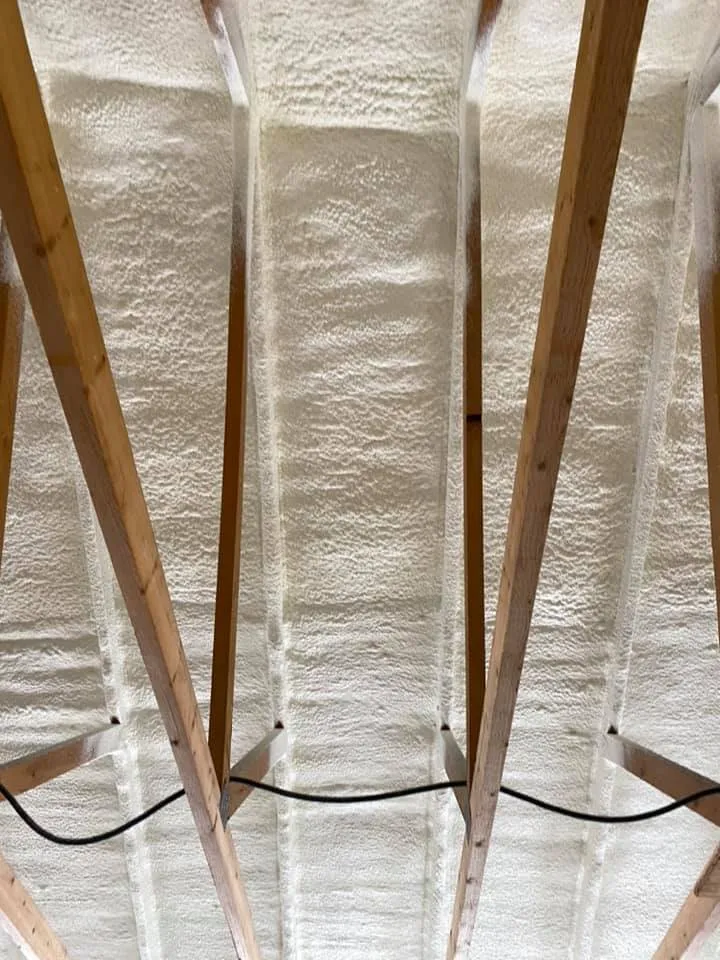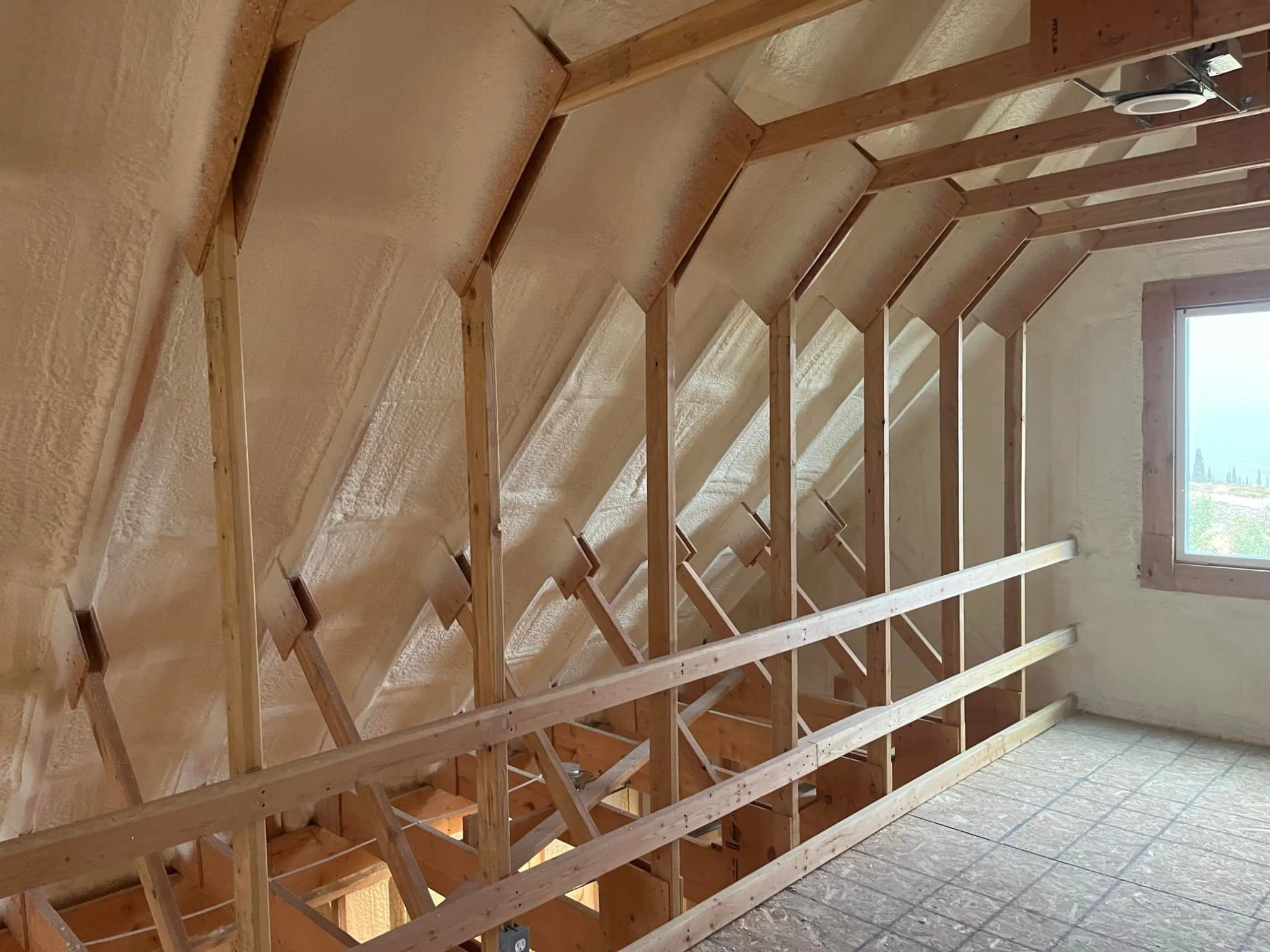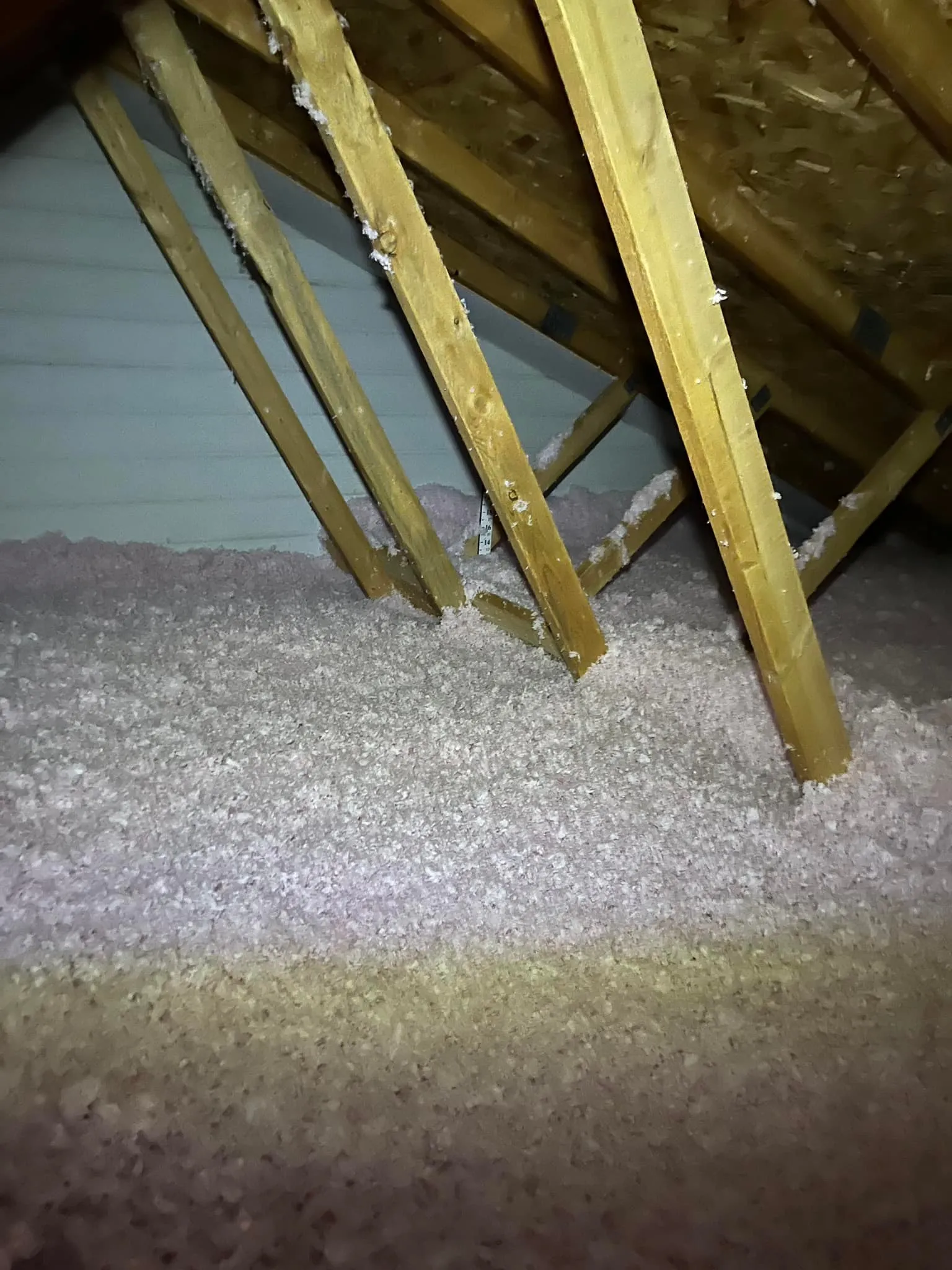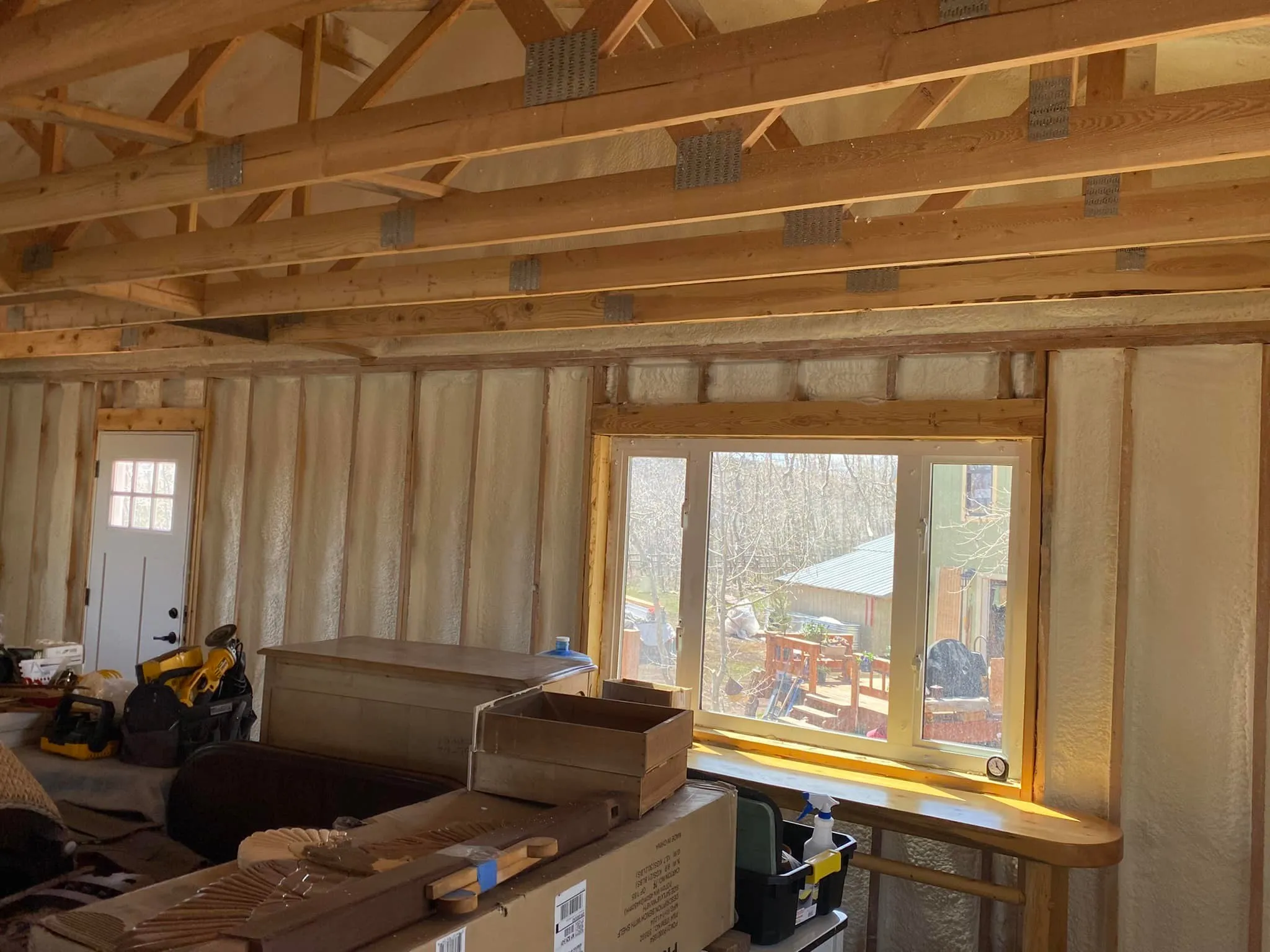

Spray foam insulation can significantly reduce energy costs in Rexburg, ID. The area’s cold winters and hot summers demand consistent indoor temperature control. Spray foam helps reduce thermal bridging and uncontrolled air leakage, two primary sources of energy loss in residential and commercial structures. Based on field data and installation outcomes, properties insulated with spray foam typically experience a 25% to 40% reduction in heating and cooling usage compared to traditional methods.
Open and closed cell spray foam both offer strong R-values, which measure resistance to heat flow. Closed cell spray foam performs better in Rexburg’s sub-zero winter conditions because of its higher R-value and moisture resistance. Buildings insulated with it tend to maintain consistent indoor temperatures with less HVAC system cycling, reducing energy consumption and increasing system lifespan.
Rexburg’s climate presents specific insulation challenges. Winters average lows below 15°F, and the heating season often stretches from October to April. Air leakage, frost exposure, and moisture infiltration drive energy inefficiency. Spray foam insulation responds well to these issues.
| Insulation Type | R-Value per Inch | Air Seal Capability | Moisture Resistance | Suitability for Rexburg Winters |
|---|---|---|---|---|
| Open Cell Spray Foam | R-3.5 to R-4 | Moderate | Low | Moderate |
| Closed Cell Spray Foam | R-6 to R-7 | High | High | Excellent |
| Fiberglass Batt | R-2.9 to R-3.8 | Low | Low | Poor |
| Blown-In Cellulose | R-3.2 to R-3.8 | Moderate | Moderate | Fair |
| Mineral Wool | R-3.7 to R-4.3 | Moderate | High | Good |
Based on projects completed by insulation specialists across Madison County:
(Source: Idaho Office of Energy and Mineral Resources, 2024)
| Property | Open Cell Spray Foam | Closed Cell Spray Foam |
|---|---|---|
| R-Value (per inch) | 3.5 – 4.0 | 6.0 – 7.0 |
| Density | ~0.5 lbs/ft³ | ~2 lbs/ft³ |
| Vapor Permeability | High | Low |
| Expansion Rate | 100x | 30x |
| Sound Absorption | High | Moderate |
| Structural Strength | Low | High |
| Common Uses | Interior walls, ceilings | Roof decks, crawlspaces |
Older structures may require additional prep work, such as air sealing or moisture mitigation, before foam application.
Closed cell is preferred in areas with recurring condensation, like basements and crawlspaces. Open cell may be suitable for interiors where drying potential matters.
Tight spaces and complex framing may require specific equipment or altered application strategy.
In older Rexburg homes with balloon framing, verify cavity continuity to avoid foam bridging across unintended pathways. This avoids voids or incomplete seals.

Once cured, both open and closed cell foams are inert and non-toxic. Proper ventilation during installation ensures occupant safety.
Most residential applications can be completed in 1-3 days, depending on structure complexity and access.
Yes, though it often requires partial removal of drywall or siding unless access panels already exist.
In homes with log or timber siding, closed cell spray foam behind tongue-and-groove panels prevents cold zones common to those assemblies.
Spray foam insulation directly addresses the energy challenges faced by Rexburg properties. Closed cell foam, in particular, performs well under freezing conditions, reduces moisture-related issues, and contributes to consistent indoor comfort. Evaluating site conditions, wall assemblies, and usage zones ensures the right solution for long-term energy performance.
For practical insight on whether spray foam is the right fit for your Rexburg property, High Country Solutions provides hands-on knowledge and field experience. Reach out at [email protected] or call (307) 248-9063 to discuss your insulation goals. Every structure demands specific solutions—our installation history across Eastern Idaho helps guide smarter choices.
Check visible surfaces annually for cracks, shrinking, or separation. Use a thermal camera during winter to verify performance.
Yes, but only with compatible coatings. Use vapor-permeable paint for open cell, vapor-barrier paint for closed cell.
Spray foam does not attract rodents or insects. It seals out air gaps that would otherwise provide entry points.
Small repairs can be done with spray foam patch kits. Larger issues may require professional removal and re-application.
Properly installed spray foam lasts 30+ years without major degradation under normal conditions.


